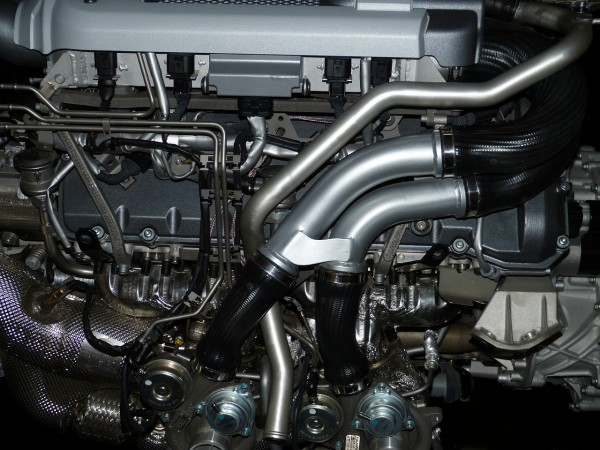The optimization of the combustion engine offers many opportunities for automotive suppliers
21/09/2009
Everyone is talking about alternative drive concepts like hybrid cars or electric vehicles. Yet, by 2025, about 60% of the approx. 100 M light vehicles will still be driven by conventional combustion engines.
Automotive OEM have a common “vision”: They aim at building vehicles providing driving pleasure yet at the same time preserving resources and protecting our climate and the air. Furthermore, those vehicles should sell at fair prices with the OEM still making profit.One of the possibilities to achieve at least the ecological aspect of this vision is to develop, built and market electric vehicles. Currently, the development and optimization of electric vehicles profits significantly from numerous economic stimulus packages. Nevertheless, the share of electric vehicles will remain insignificant in the upcoming years. Another way to fulfil the OEMs’ “vision” is the further optimization of the combustion engine. Strategies applied are downsizing, downspeeding, variabilization, reduction of primary emissions, exhaust gas treatment, use of alternative fuels, hybridization, reduction of weight and friction.Thus, new business opportunities for automotive suppliers will emerge as e.g. new products will evolve or quality requirements will increase. When it comes to the profit aspect of the OEMs’ “vision” suppliers will have to deal with an increased number of co-operations between automotive OEMs strengthening their negotiating power. They aim at saving costs by partnering up with competitors for R&D projects but also for purchasing co-operations. Furthermore automotive OEMs foster standardization across platforms and process optimization.All these strategies and several trends like a shift in demand to smaller cars – to only name one - will have a major impact on the further development of the base engine, number of cylinders and several auxiliary components. This offers golden opportunities but also means threats for automotive suppliers. In several in-depth analyses for our customers we were able to identify their individual market potential by evaluating the development of single components against the aforementioned background.Component wise the results differed significantly. Yet, all analyses showed that common key success factors for automotive suppliers are the in-depth comprehension of product applications, fast prototype development, excellent delivery performance and a reliable production process.